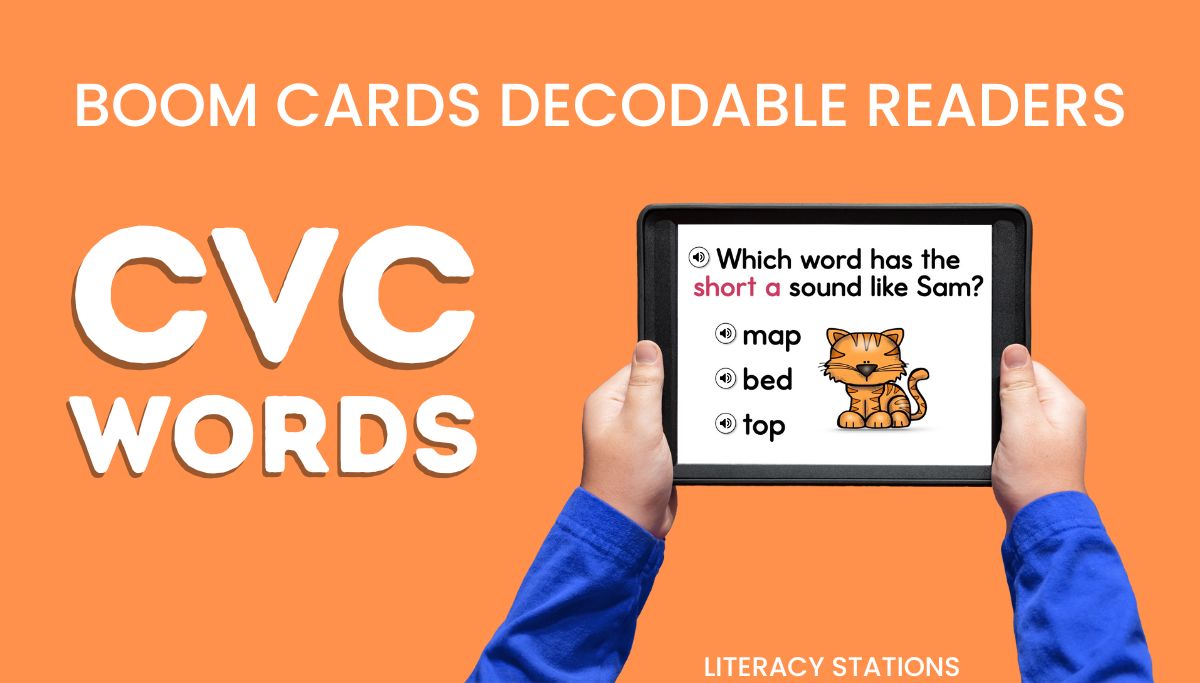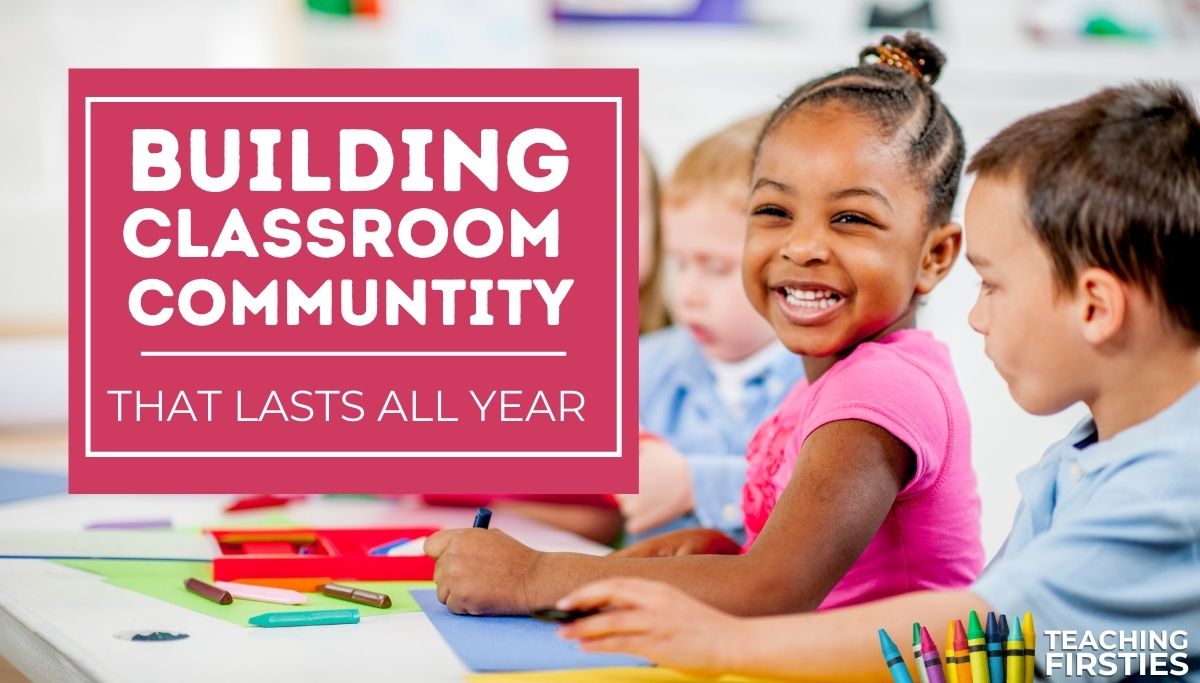This list of 20 pumpkin read alouds is designed for first grade teachers who want to model comprehension strategies or introduce pumpkin vocabulary words. These books support key skills in science, literacy, vocabulary, and comprehension. Use them during your read-aloud block, in small groups, or as part of your cross-curricular lessons.
If you’d like to add any of these books to your classroom library, you’ll find Amazon links included. These are affiliate links, which means we may earn a small commission at no extra cost to you. We only recommend books we’ve used and loved in real classrooms.
Pumpkin Life Cycle & Nonfiction (Science & Learning Focus)
These pumpkin read alouds are perfect for fall science lessons, exploring how pumpkins grow from seed to harvest.
Pumpkin Circle: The Story of a Garden by George Levenson
A poetic, photographic look at the pumpkin life cycle—from seed to sprout to jack-o’-lantern.
From Seed to Pumpkin – Wendy Pfeffer
A clear, classroom-friendly explanation of pumpkin growth, with diagrams and vocabulary.
Seed, Sprout, Pumpkin, Pie – Jill Esbaum
Beautiful National Geographic photos with simple text showing how pumpkins grow and are used.
Pumpkins – Ken Robbins
Nonfiction with full-color photographs and fun facts—great for comparing types of pumpkins.
How Many Seeds in a Pumpkin? – Margaret McNamara
Blends math and science as students investigate pumpkin seeds and make real-world connections.
The Pumpkin Book – Gail Gibbons
In this cheerfully-illustrated, simply-presented book, children can learn about the growth cycle and many varieties of pumpkins, and even how to plant their own.
Fiction Featuring the Pumpkin Life Cycle or Fall Themes
These stories highlight the pumpkin life cycle through engaging plots and seasonal storytelling.
Pumpkin Jack – Will Hubbell
A boy’s jack-o’-lantern decomposes and becomes a new pumpkin plant—a perfect post-Halloween science connection.
Too Many Pumpkins – Linda White
A woman who hates pumpkins learns to love them when her yard fills with them unexpectedly.
The Runaway Pumpkin – Kevin Lewis
A giant pumpkin breaks loose on a hilltop farm—fun rhyme and repetition for read-aloud fun.
Pumpkin Soup – Helen Cooper
A cozy story of three friends learning to cooperate while making their favorite pumpkin soup.
Pick a Pumpkin – Patricia Toht
A lyrical celebration of the pumpkin-picking and carving tradition, from start to finish.
Pumpkin Day! – Candice Ransom
This early reader uses simple sentences and vibrant illustrations—great for emergent readers.
Fun & Silly Pumpkin Read Alouds
Lighter seasonal pumpkin read alouds that bring giggles without too much Halloween focus.
Spookley the Square Pumpkin – Joe Troiano
The classic tale of a square pumpkin who saves the day and teaches a message of inclusion.
These Spookley activities for reading comprehension work well with this read-aloud, giving students a way to practice character traits, story elements, and more.
The Biggest Pumpkin Ever – Steven Kroll
Two mice secretly care for the same pumpkin—one for a contest, one for a Halloween display.
How Big Could Your Pumpkin Grow? – Wendell Minor
Plays with scale and imagination as giant pumpkins are visualized in famous U.S. landmarks.
Pumpkin Town! Or, Nothing Is Better and Worse Than Pumpkins – Katie McKy
Blending fiction and nonfiction, this hilarious tale shows what happens when pumpkins take over.
It’s Pumpkin Day, Mouse! – Laura Numeroff
Mouse decorates his pumpkins with different faces—great for exploring emotions and sequencing.
Stumpkin – Lucy Ruth Cummins
A stemless pumpkin waits to be picked—an endearing story with charming illustrations.
Light Halloween-Themed Books
Just a bit of spooky fun—perfectly appropriate for younger grades without being scary.
Scaredy-Cat, Splat! – Rob Scotton
Splat tries to be brave during a school pumpkin contest—funny, relatable, and not too spooky.
Big Pumpkin – Erica Silverman
A witch needs help picking her giant pumpkin—filled with rhyme, rhythm, and teamwork.
Teaching Tip: Keep your pumpkin theme going all day. Use pumpkin read alouds during science, read-alouds in ELA, and quick brain breaks or transitions. Rotating book types helps reinforce concepts without repeating the same routine.
More Pumpkin Activities And Ideas
Pumpkin Investigation and Experiments
Explore pumpkin size, weight, seeds, and sink/float predictions. Use these hands-on activities to support science standards and encourage observation, measurement, and data collection.
First Grade Pumpkin Writing Ideas
Use pumpkin writing prompts like “If I had a giant pumpkin…” or “How to carve a pumpkin” to connect writing to seasonal themes and reinforce sequencing and descriptive language.
FREE Pumpkin Writing Paper
Grab this free printable pumpkin writing paper perfect for narrative writing, how-to pieces, and more. Keep it on hand all October long.
























